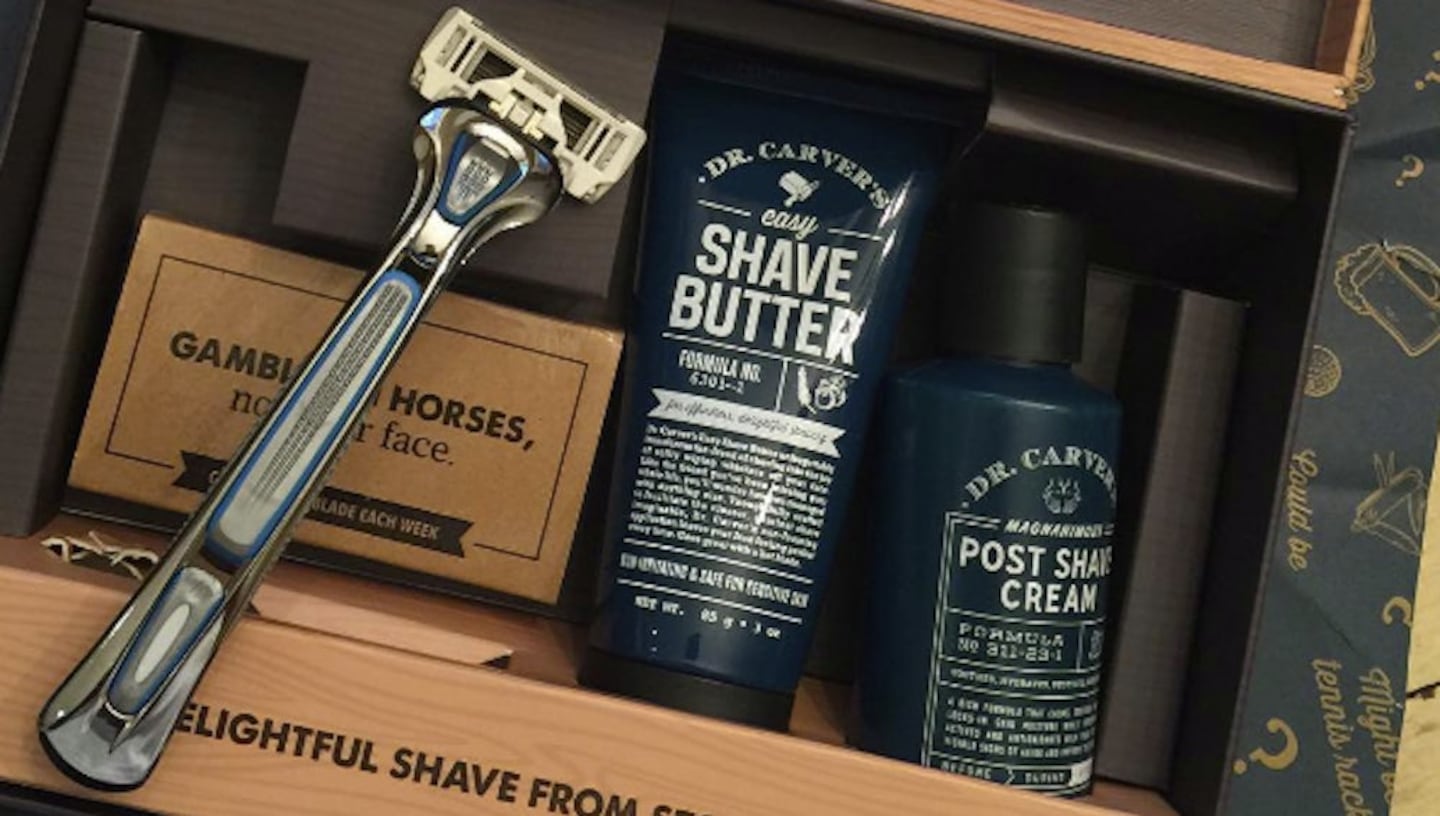
The Business of Fashion
Agenda-setting intelligence, analysis and advice for the global fashion community.

Agenda-setting intelligence, analysis and advice for the global fashion community.

Dollar Shave Club, the brand that pitched cheap razors with quirky commercials, is being sold by Unilever, its multinational owner.
The sale ends seven years of awkward partnership. Unilever struggled to grow Dollar Shave Club, sources previously told. The boundary-breaking brand helped shape the direct-to-consumer segment but never quite fit in at the more button-up multinational company.
Unilever is selling most of its stake in the brand to private equity firm Nexus Capital Management, the company said Thursday. Unilever will keep a 35 percent stake in the brand. The price of the deal wasn’t disclosed.
“This marks another step in our journey to transition our portfolio towards core strategic growth areas,” Fabian Garcia, president of Unilever Personal Care, said of the sale. He added that Dollar Shave Club “has a loyal membership and following.”
ADVERTISEMENT
Nexus owns a portfolio of other consumer brands, such as shoe maker Toms.
Dollar Shave Club got its start in 2011, when Michael Dubin and Mark Levine founded the company to undercut the prices of razors offered by brands like Gillette and Schick. An early ad for Dollar Shave Club featured Dubin riding around on a forklift, extolling the virtues of the company’s cheaper razors and blades.
“Do you think your razor needs a vibrating handle, a flashlight, a back-scratcher and 10 blades?” Dubin asked in the ad. “Your handsome-ass grandfather had one blade — and polio. Stop paying for shave tech you don’t need.”
Unilever acquired the brand for $1 billion in 2016 because it had “a very distinctive appeal to a growing number of largely millennial men,” CFO Graeme Pitkethly told investors at the time. Deodorant brands Native and Schmidt’s Naturals were both acquired in 2017, by Procter & Gamble and Unilever respectively.
Unilever struggled to grow sales at Dollar Shave Club and the brand was later than rivals to establish itself in brick-and-mortar retailers. While it introduced new products, many, such as a $50-a-bottle cologne, were too expensive for the budget-conscious consumers that Dollar Shave Club had attracted with its pitch for inexpensive razors.
“You’ve created the cheapest way to buy razors in the world,” one source familiar with Unilever’s acquisition strategy told Insider in 2022. “You’ve chosen the Groupon consumer.”
Another source told Insider last year that Unilever did not move quickly enough to balance what Dollar Shave Club spent to acquire a customer — through ads and discounts, for example — with what that customer spent. Balancing acquisition costs and customer spend is a common concern for DTC brands, but less so for the more established brands under Unilever’s umbrella.
Even former CEO Alan Jope admitted that the acquisition hadn’t worked out. “Dollar Shave Club did not deliver as expected, and the economics of the DTC model changed,” then-CEO Jope said during an earnings call in 2022.
ADVERTISEMENT
Nexus, Dollar Shave’s new owner, is hoping it will succeed where Unilever failed.
“We see growth potential and will invest in cutting-edge marketing, product quality, and new innovations,” Nexus partner Michael Cohen said. “Dollar Shave Club will also serve as a platform for additional brands with a similar DNA.”
By Alex Bitter
Learn more:
Unilever’s New CEO May Need to Get Radical for a Company Turnaround
Hein Schumacher will soon inherit a company that has failed to deliver sustainable sales growth despite powerful brands and enviable positions in emerging markets. Schumacher must reverse that underperformance. If he can’t achieve it within the company’s current structure, he must look at a more radical solution: a breakup.
The showcase translated the company’s global insights consumer study into scent profiles, technologies and fragrances.
The Estée Lauder-owned premium fragrance house has signed a two-year deal with the actor in a bet to seize more of the men’s market.
From medspas to telemedicine, weight loss drugs are becoming adopted for mainstream cosmetic use.
Mature consumers have long been ignored by the beauty industry. Now a small but growing number of emerging brands are responding to the needs of those over the age of 45 in a bid to cash in on their $15 trillion spending power.